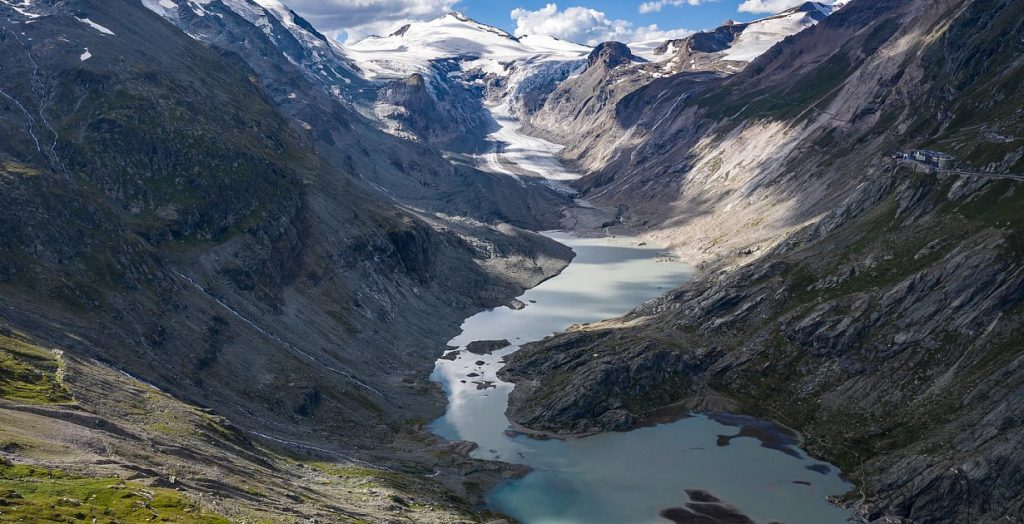A team led by the Swiss Institute for Forest, Snow and Landscape Research (WSL) has calculated how the ice masses of more than 5,000 glaciers in the high mountains of Asia have changed, the so-called “third pole” of the Earth. Accordingly, the winter snowfall in the majority of glaciers offsets less than half of the melting on average.
Scientists working with Evan Miles of WSL have developed a computation model based on satellite data to reconstruct the relationship between fresh snow and melting glaciers from year to year. In their study published in Nature Communications, they present the results of 5,527 glaciers between 2000 and 2016.
According to the WSL, seventy percent of glaciers lose ice every year. Most glaciers have only small areas where ice can thrive. Only the Karakoram glaciers and the Kunlun Mountains grew in the period under study.
About 250 million people depend on meltwater from high mountains in Asia. However, winter snowfall on most glaciers offsets less than half of the average summer melting. As a result, the majority of glaciers are simply not viable in their current form, Miles explained.
Glacier loss even without global warming
According to the study authors, even if the Earth does not warm more in the future, about twenty percent of the ice volume will be lost by the end of the century. This will dry up an important flow of rivers such as the Indus, Amu Darya or Syr Darya. Impending climate change will further melt glaciers and affect water supplies in some low-lying areas, according to WSL.
A study published recently by ETH Zurich and the French University of Toulouse shows that most glaciers worldwide are now melting at record speed. The researchers also noted that populous countries like India or Bangladesh could threaten water shortages within a few decades if Himalayan glaciers continue to shrink at an increasing rate. (MA / ag)

“Food practitioner. Bacon guru. Infuriatingly humble zombie enthusiast. Total student.”








More Stories
Kyiv: Russian Kursk offensive halted
US Presidential Election: Former US Government Officials Warn Against Donald Trump's Election
Netherlands wants to leave asylum system